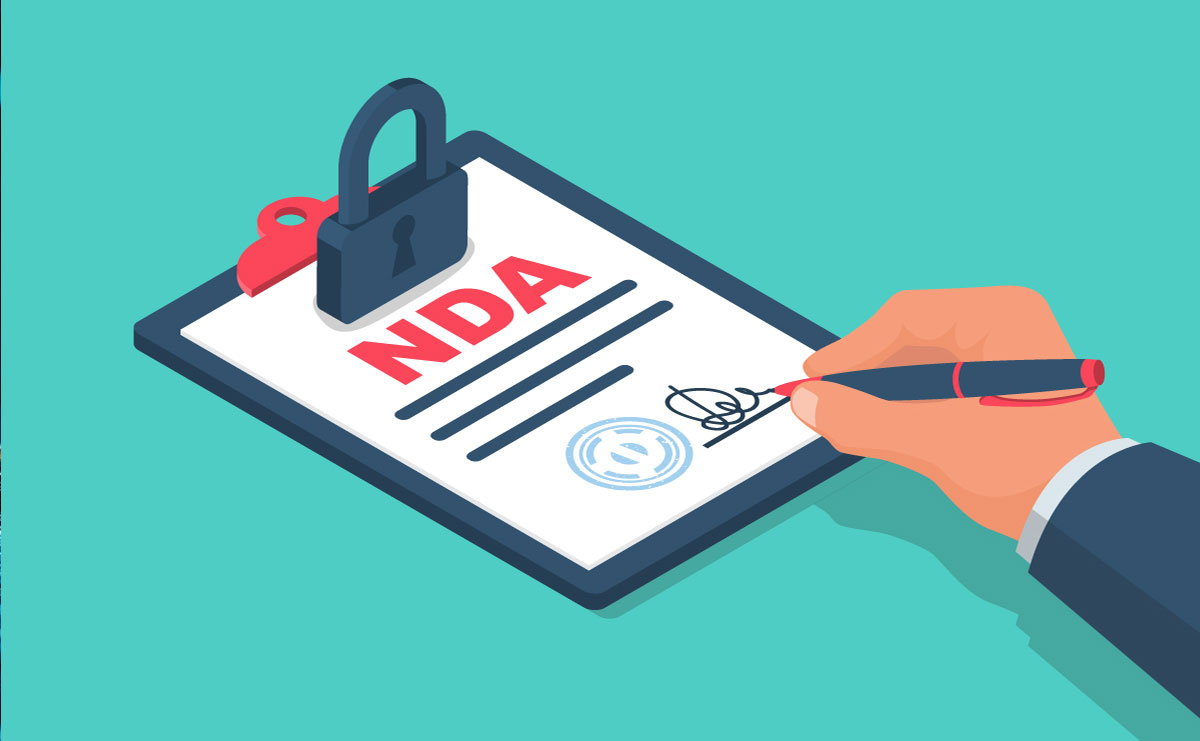Florida Bar | Tenancy Forms – Form 5A
Form 5A – Complaint For Landlord To Evict Tenants For Failure To Pay Rent And To Recover Past Due Rent in Florida
The document titled “Form 5A” is a landlord complaint form used in Florida to initiate eviction proceedings against tenants for non-payment of rent and to recover past due rent. It is more comprehensive than Form 5, which is solely for eviction without recovering damages. The form requires the landlord to fill in specific details about the parties involved, the rental property, and the nature of the lease agreement. It includes sections where the landlord must provide their name, the tenant’s name, the property address, rental terms, and the amounts due.
The form is structured into two main counts: Count I for eviction and Count II complaint for damages. In the eviction count, the landlord details the basis for eviction, such as failure to pay rent, and includes the date when the tenant failed to make payment and any notice given to the tenant. In the damages count, the landlord states the total amount of unpaid rent and demands for damages. The form also instructs the landlord to attach copies of the rental agreement and notice given to the tenant as exhibits.
This legal document must be filed in the county court where the rental property is located, and it includes space for the case number assigned by the Clerk of the Court. It concludes with an assertion that the form is approved for use under certain rules of The Florida Bar and indicates that assistance was available in completing the form, where the assisting party’s contact details can be noted. The document emphasizes the necessity of consulting an attorney for legal matters not fully covered by the form notes.
Here is a guide to help you fill out Form 5A, which is used by landlords in Florida to evict tenants for failure to pay rent and to recover past due rent. This form also includes a claim for damages associated with the unpaid rent.
Step-by-Step Guide to Filling Out Form 5A
Heading Information
- County: At the top of the form, fill in the name of the county in Florida where the rental property is located. This information goes in the blank space before “County, Florida.”
Party Information
- Landlord’s Name: Write the full legal name of the landlord or the entity filing the lawsuit in the space provided under “[insert name of Landlord]” right above “Plaintiff.”
- Tenant’s Name: Write the full name of the tenant being evicted in the corresponding space under “[insert name of Tenant]” right above “Defendant.”
Case Number
- Case Number: Enter the case number assigned by the Clerk of the Court. This number will typically be given to you when you file the complaint.
- Complaint Details
- Location of Property: In “COUNT I,” specify the county in Florida where the property is located.
- Property Description: Provide a legal or street address of the property, including unit number if applicable.
- Lease Details: State whether the lease agreement with the tenant was oral or written, the rent amount, and the payment terms (e.g., weekly, monthly).
- Attach Lease Agreement: If there is a written agreement, attach it as Exhibit “A.”
- Rent Due Date and Amount: Specify the date and amount of the rent payment that the tenant failed to make.
- Notice Details: Mention the date when the tenant was served with a notice to pay rent or deliver possession. Attach a copy of this notice as Exhibit “B.”
Damages Claim
- Amount Owed: Under “COUNT II,” restate the amount of unpaid rent and mention any applicable interest due since the last payment date.
Landlord Contact Information
- Landlord’s Contact: At the end of the form, fill in the landlord’s full name, address, and phone number. This information should be current and accurate to ensure proper communication.
Signature
- Signature: The landlord or their legal representative must sign the form where indicated.
Assistance Information
- If someone helped you complete the form, such as a legal assistant or an attorney, include their name, address, and telephone number in the designated area.
Additional Notes
- Consult an Attorney: Legal forms can have significant consequences. It is recommended to consult with an attorney to ensure that all legal requirements are met and that the form is filled out correctly.
- Filing the Form: Once completed, this form needs to be filed with the county court where the property is located. Ensure all copies are clear and that all exhibits are attached as required.
By following these steps and ensuring all information is accurate and complete, you can properly use Form 5A to address issues related to tenant eviction and recovery of unpaid rent in Florida.
Disclaimer: This guide is provided for informational purposes only and is not intended as legal advice. You should consult the Residential Tenancies Act or a legal professional.




